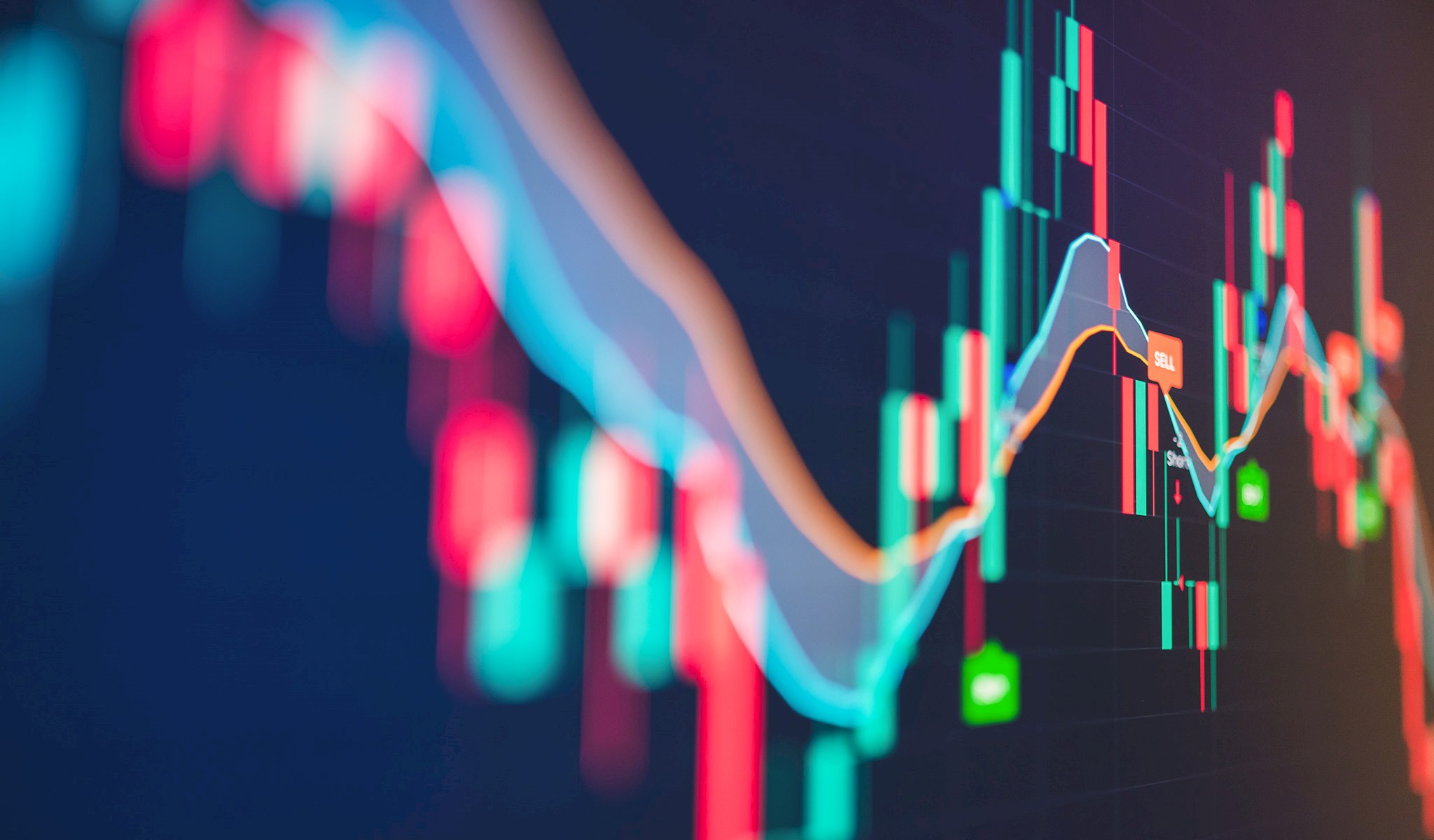Santa failed to deliver an end-of-year rally as markets fell flat in December.
While 2024 was largely a positive year for markets, the year ended on a sour note as rising interest rates caused some volatility. Sticky inflation mixed with resilient labor market data caused investors to trim rate cut expectations for the upcoming year. The Fed echoed this sentiment at the conclusion of its December meeting, projecting just two cuts in 2025.
The Nasdaq 100 was a bright spot as the tech-heavy index gained 0.46%. However, other indices didn’t fare as well with the S&P 500, Dow Jones Industrial Average, and CRSP US Small Cap Index falling 2.38%, 5.13%, and 7.34% respectively. All but one sector finished the month in negative territory, and growth companies continued to outpace value companies as a whole.
International stocks experienced modest losses as well, with developed international stocks sliding 3.51% and emerging markets losing 1.03%. Markets overseas trailed their US counterparts throughout the year amid economic and geopolitical headwinds. China’s sluggish growth created a drag for emerging countries, and political turbulence in France and Germany pressured European markets.
Despite the Fed announcing its third rate cut of the year, slashing the target rate by another 25 basis points, interest rates surged higher in December. The 10-year Treasury yield jumped from 4.18% to 4.58%, resulting in a 1.64% loss for aggregate US bonds. Bond yields had a roller coaster of a year. The 10-year Treasury reached a high of 4.70% in late-April, and dipped as low as 3.63% in September before ultimately finishing near the top of the range.
While it wasn’t the ending investors were hoping for, it’s important to keep in mind the entirety of 2024. Major US indices finished the year with double digit gains, with most bond categories and international stocks posting modest gains as well. So despite the recent noise, we can reflect on a relatively good year as we look ahead to 2025. Markets don’t necessarily follow a calendar-based schedule, but the start of a new year provides a good reminder to ensure your financial plan is up to date, and your portfolio is aligned with your goals.
The corner of happy and healthy needs a refresh.
Walgreens, the second-largest US pharmacy chain, is exploring options to be taken private. After a sharp slump in share value, the struggling pharmacy has been discussing deals with private equity firms, which could ultimately sell off parts of the business.
The company still operates more than 12,000 stores worldwide, but since reaching a market cap of over $100 billion in 2015 its value has steadily sunk.
Today, Walgreens is more than 90% off it’s peak, valued at just $8 billion. Saddled by a slew of unfavorable investments and partnerships, the company is looking for a way to cut costs and focus on more profitable ventures.
Its previous attempt to go private in 2019, when it was valued at $55 billion, was unsuccessful. If a deal is reached this time around, it would be one of the largest private equity sales in recent years.
The end of an Eras…
After almost two years and 149 shows spanning across five continents, Taylor Swift’s Eras Tour has officially concluded.
Not only will it be remembered as a cultural phenomenon, it was an economic phenomenon as well.
When the first leg ended (after just 66 shows) it was already the highest grossing tour of all time, earning more than $1 billion. Following the second leg, the final amount is estimated to be $2.2 billion.
Additionally, merchandise sales totaled $440 million, the Eras Tour movie brought in $260 million, and the Eras Tour book sold over 814,000 copies in its first weekend at $39.99 each.
Making it all happen, Swift’s fans traveled an average of 338 miles, spending $1,300 on tickets, outfits, hotels, and merch.
Broad Market Returns
| Asset Class | 1 Month | 3 Month | YTD | 1 Year |
| S&P 500 (VOO) | -2.33% | 2.44% | 24.98% | 24.98% |
| NASDAQ (QQQ) | 0.45% | 4.91% | 25.58% | 25.58% |
| Large Cap Growth (VUG) | 0.45% | 7.04% | 32.87% | 32.87% |
| Large Cap Value (VTV) | -6.37% | -2.46% | 16.69% | 16.69% |
| Small Cap Growth (VBK) | -7.03% | 4.89% | 16.69% | 16.69% |
| Small Cap Value (VBR) | -7.83% | -0.75% | 12.97% | 12.97% |
| Developed International (VEA) | -3.51% | -8.09% | 3.15% | 3.15% |
| Emerging Markets (VWO) | -1.03% | -5.74% | 10.59% | 10.59% |
| REITs (VNQ) | -8.37% | -7.68% | 4.81% | 4.81% |
| Aggregate Bonds (BND) | -1.68% | -3.07% | 1.38% | 1.38% |
| Corporate Bonds (VCIT) | -1.57% | -2.71% | 3.20% | 3.20% |
| High Yield Bonds (JNK) | -0.87% | -0.22% | 7.71% | 7.71% |
| Long Term Treasuries (VGLT) | -5.52% | -8.76% | -6.28% | -6.28% |
| International Bonds (BNDX) | -0.77% | 0.15% | 3.57% | 3.57% |
Market Health Indicator
The Market Health Indicator (MHI) measures market health on a scale of 0 – 100, analyzing various market segments such as economics, technicals, and volatility. Higher scores indicate healthier market conditions.

Fun Facts
- Hallmark released 47 original holiday movies in 2024, bringing its total to more than 300 films over the past decade.
- Jupiter is the fastest spinning planet in our solar system, completing a full rotation in just under 10 hours.
- Maine is the only state in the US to border exactly one other state – New Hampshire to its west.
- The world’s most expensive pizza is the Louis XIII, created by Italian master pizza chef Renato Viola, costing $12,000.
– The Aspire Wealth Team


